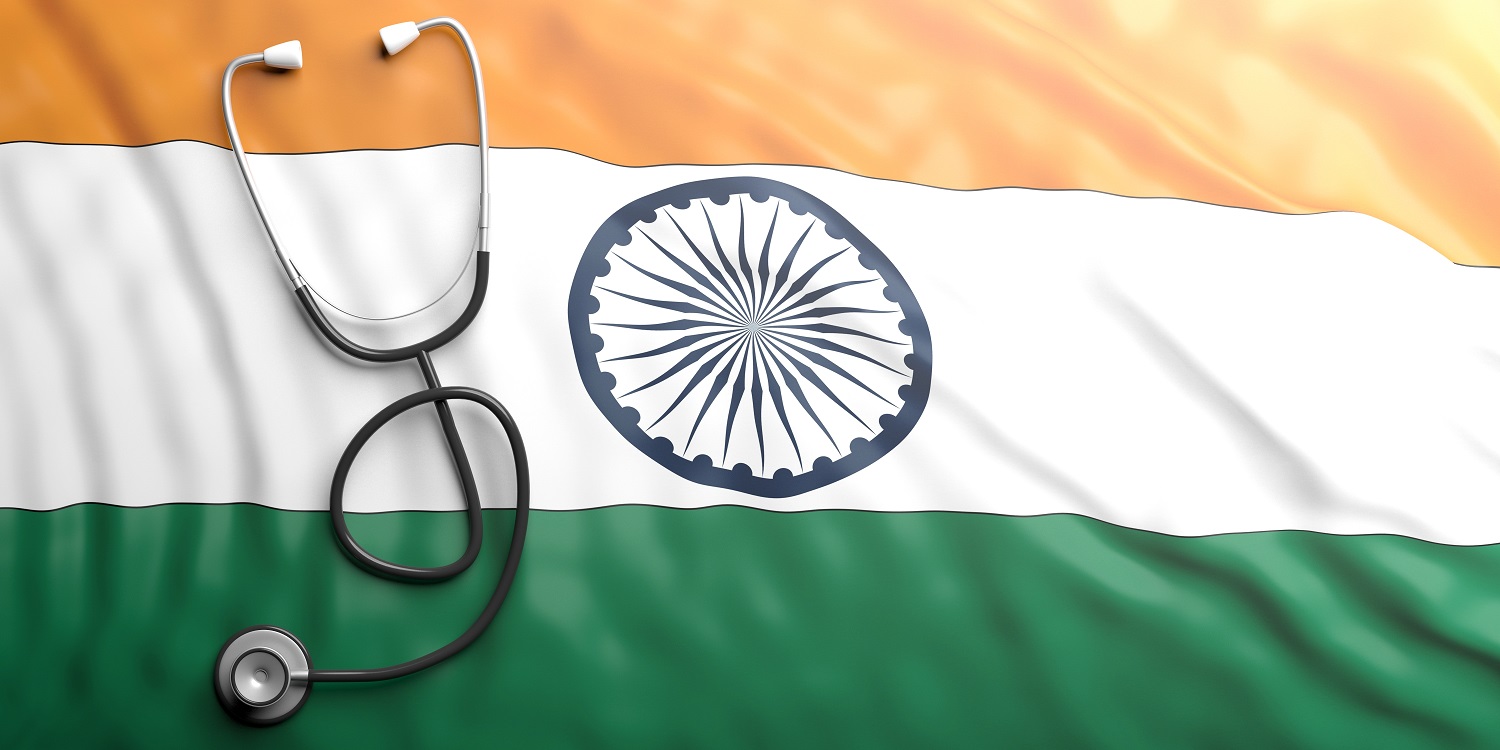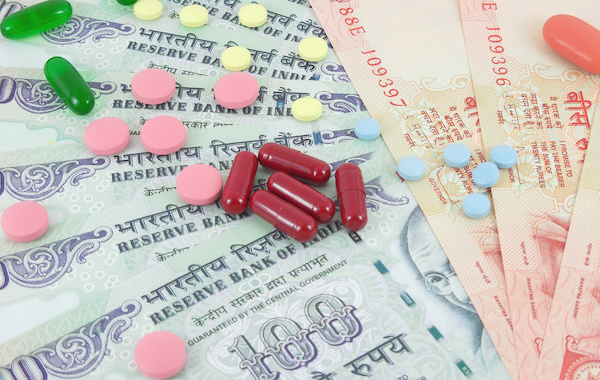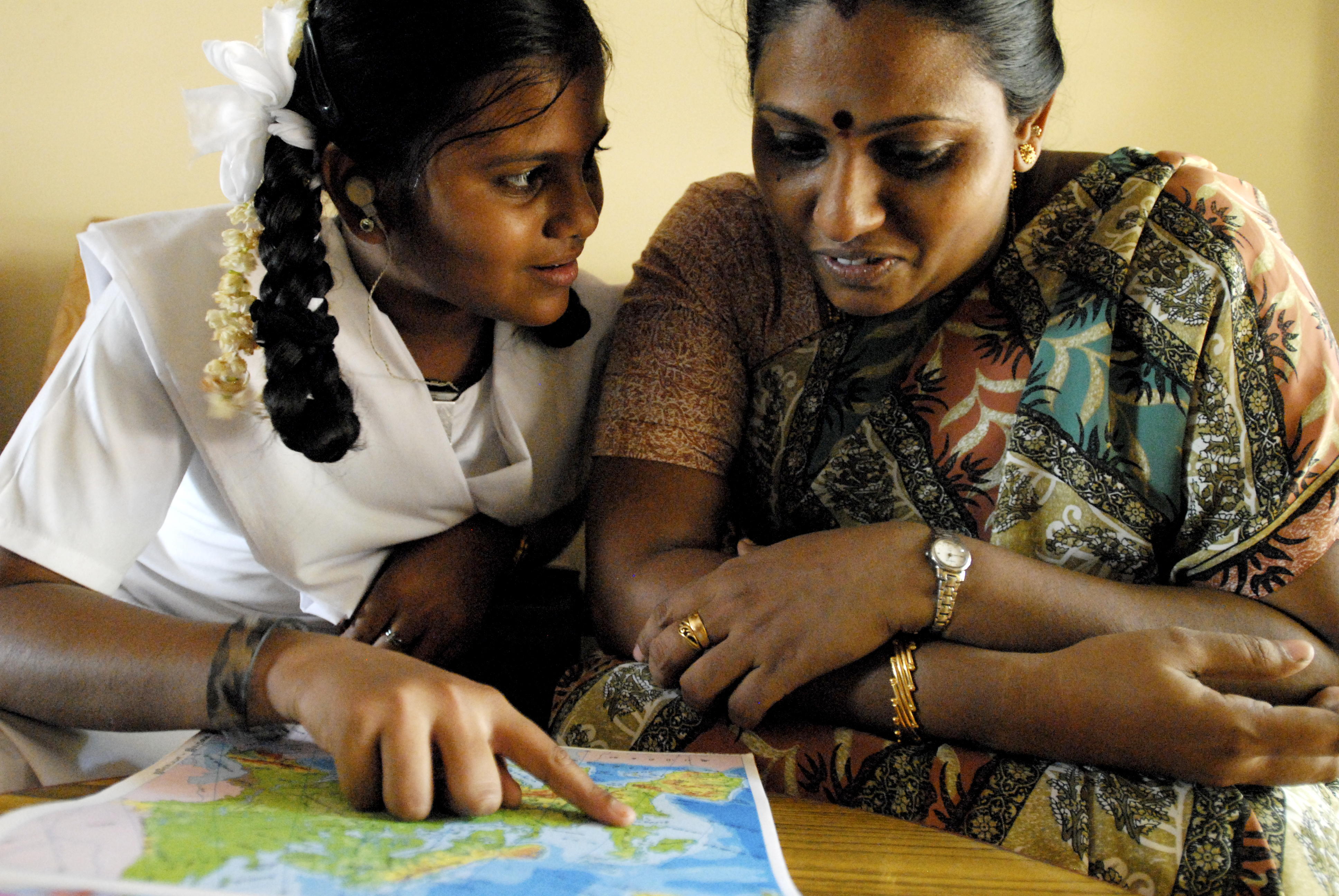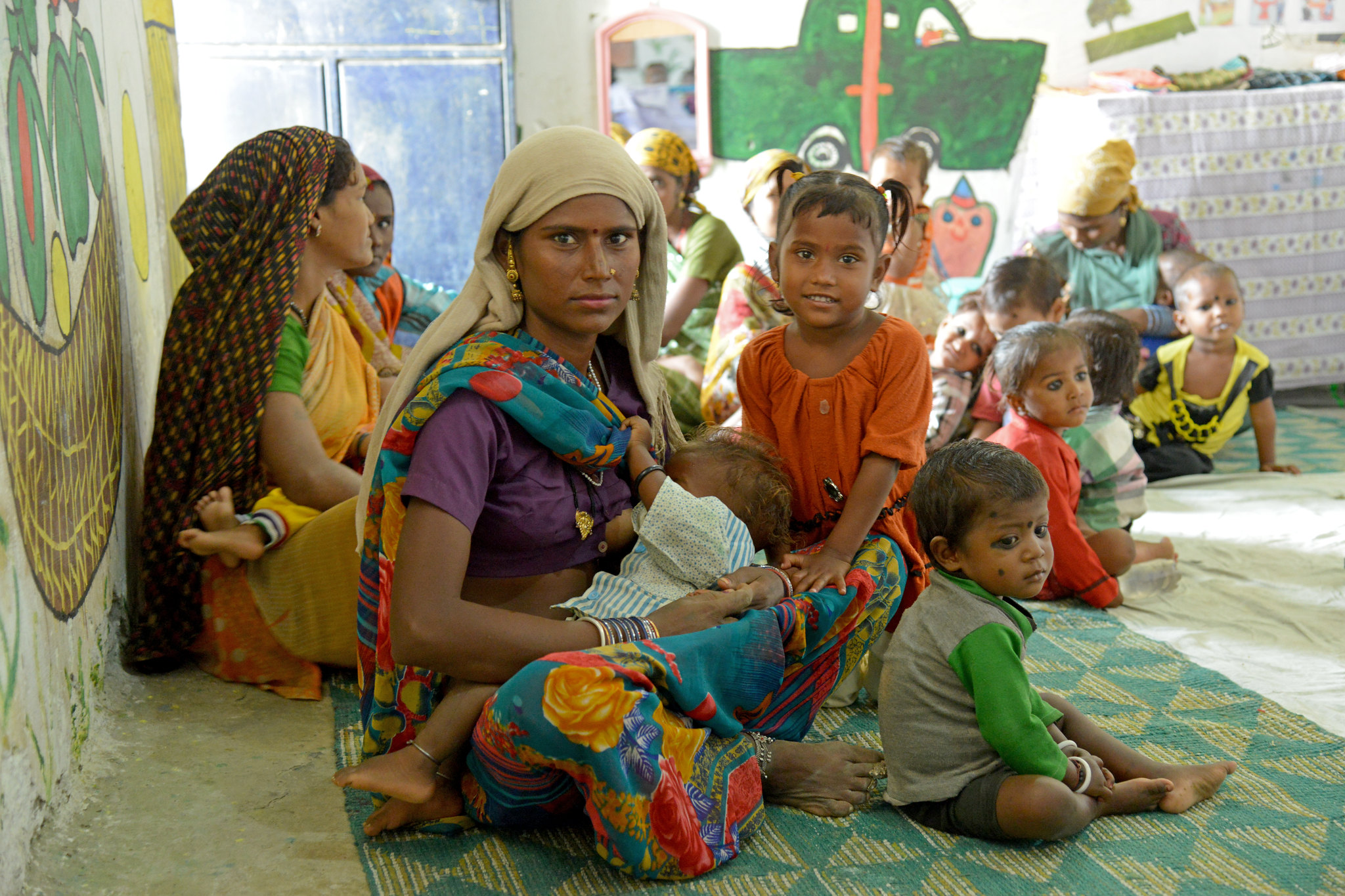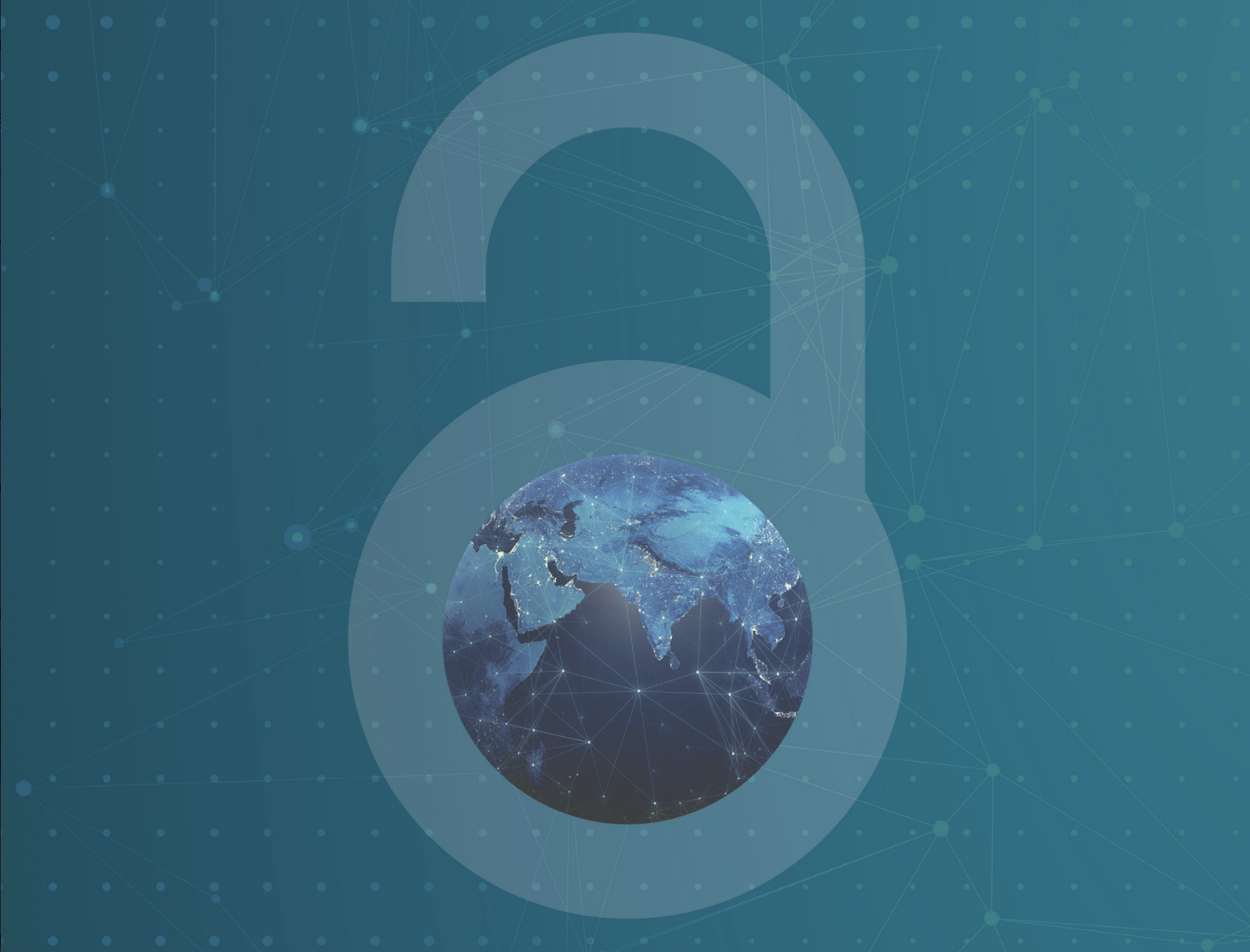Recommended
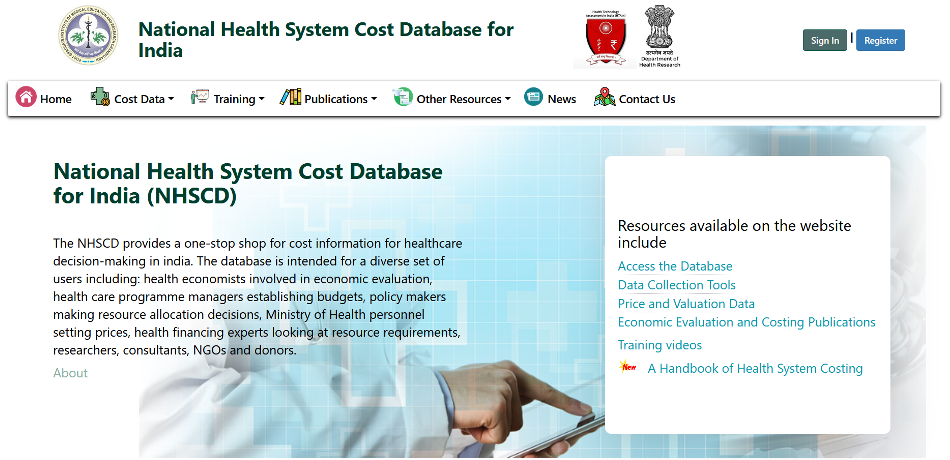
Blog Post
This year, India leads the G20, and it has chosen to make health a key theme. Historically, however, India has the lowest government health expenditure in the G20 at 1 percent of GDP. This has begun to change, with sustained economic growth, a 13 percent promised increase in Union Budget commitments to health in 2022-23, and implementation of the world’s largest national health insurance scheme—PM-JAY. India is, however, still a long way from financing its UHC goals, and tough choices must be made on which health services should be provided, to who, with what fees, if any. Should dialysis be rolled out further for patients with kidney disease, or should modern cancer drugs be provided? To respond to these challenging questions India has made major progress towards institutionalizing evidence-informed priority setting (EIPS) and Health Technology Assessment (HTA). EIPS helps countries decide rigorously, explicitly, systematically, and transparently how to allocate finite health resources based on HTA evidence to maximise health benefit and increase value for money.
Today, India’s Ministry of Health and Family Welfare in collaboration with CGD and the World Health Organization, hosts an International Symposium on HTA. At the symposium CGD will disseminate its recent research findings on India’s progress in developing priority setting institutions. With a population of over 1.4 billion, and a desire to become a global leader in priority setting, India’s path provides useful lessons to other low- and middle-income countries striving to achieve universal health coverage (UHC).
India’s progress so far—stronger priority setting institutions that have already produced a good return on investment
Our research has found that India has made remarkable progress between 2016-2022 in increasing the institutional use of evidence to inform priority setting in health. We reviewed documents from 2016 and found very few examples of evidence use to inform which technologies should be reimbursed. Economic evidence, in particular, was rarely used. By 2022, however, we found that India had progressed to frequent use of both health and economic evidence to inform reimbursement over a wide range of technologies and had made occasional use of this evidence in pricing decisions too.
Underpinning this success was a series of important investments in key enabling factors, including the establishment of “HTA in India” (HTAIn) in 2017, which has reviewed the costs and benefits of over 40 key technologies, and made recommendations on their optimal use (or not) in the health service. An online nationwide cost database has been created by the HTAIn Regional Resource Center, PGIMER, Chandigarh, with support from the Department of Health Research, and CGD. This dataset has been used in revising the initial set of reimbursement rates, as well as budget for the establishment of Health and Wellness Centers. This National Health System Cost Database is a powerful tool that enables precise cost estimates to be used in both priority setting and pricing decisions. Critically, better cost data can also power more accurate and trusted tariffs under PM-JAY, ensuring that providers are not under or overpaid, and health system incentives are aligned with value for money objectives.
This progress has already produced a return on investment (ROI). We estimate that for every rupee spent on HTAIn to support priority setting, India has secured the equivalent of nine rupees in health system performance. Our methodology, however, has limitations, and is likely an underestimation as it only considers three studies conducted by HTAIn, against all its costs. However, it clearly points to the value of systematically incorporating economic evidence in decision-making.
Challenges and opportunities—the road ahead for India
Despite this significant progress, there is much more that India needs to get done. HTAIn isn’t yet producing the scale of analysis and recommendations needed to cover all major decisions, and it is not always focusing its analysis on the highest priority decisions for budget holders in the health system. Many key decisions, particularly around price negotiation, continue to be made with insufficient evidence input. But perhaps most critically, recommendations made don’t always translate into policy decisions and/or are not consistently implemented. We found that HTAIn could have a 71:1 ROI, but due to limited implementation of the recommendations, this was reduced to 9:1, suggesting a significant missed opportunity. This is, in part, because HTAIn’s mandate to guide key decision-makers, such as the National Health Authority (NHA), and for those decision-makers to use HTAIn’s findings, is not clearly specified. Moreover, India has a pluralistic health system with fragmentation of decision-making across the public and private sector and national and state governments.
We believe these obstacles can be overcome and EIPS can make a major contribution to the ambitious PM-JAY scheme, and enhance the value for money of the Indian health sector. But this will require two steps:
- Firstly, HTAIn and its Regional Resource Centers must be supported to scale-up so that they can cover all major decision needs in the country. This, however, must be a strategic scale-up—focusing on informing key uncertain decisions with large budget impact, and where the HTA recommendation will be adhered to and implemented.
- Secondly, HTA evidence uptake by big budget-holding decision-makers, like the NHA and the National Health Mission, must be supported and encouraged to maximise implementation. This requires reinforcing HTAIn’s mandate and role in health system governance, and clarifying the responsibilities of stakeholders to implement HTA recommendations. It also means engaging stakeholders and decision-makers more deeply at the federal and state level to customise HTAIn’s approach to their policy requirements, in order to provide actionable recommendations that facilitate implementation.
In conclusion, improvements in priority setting can help India ensure that limited budgets have the maximum health impact. India has taken major strides towards improving EIPS, with HTAIn a successful component that has already demonstrated a good ROI. But the system has not yet reached its full potential. Strategic scale-up and clear institutional mandates can substantially improve impact. We hope the current HTA Bill will go some way to achieving this.
Disclaimer
CGD blog posts reflect the views of the authors, drawing on prior research and experience in their areas of expertise. CGD is a nonpartisan, independent organization and does not take institutional positions.


